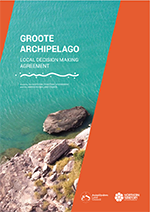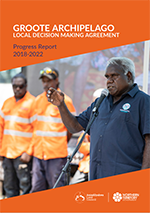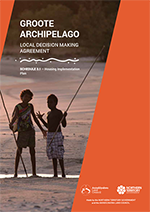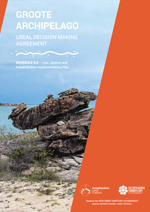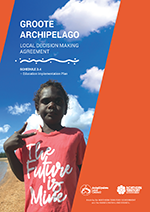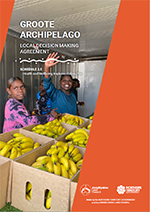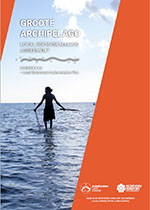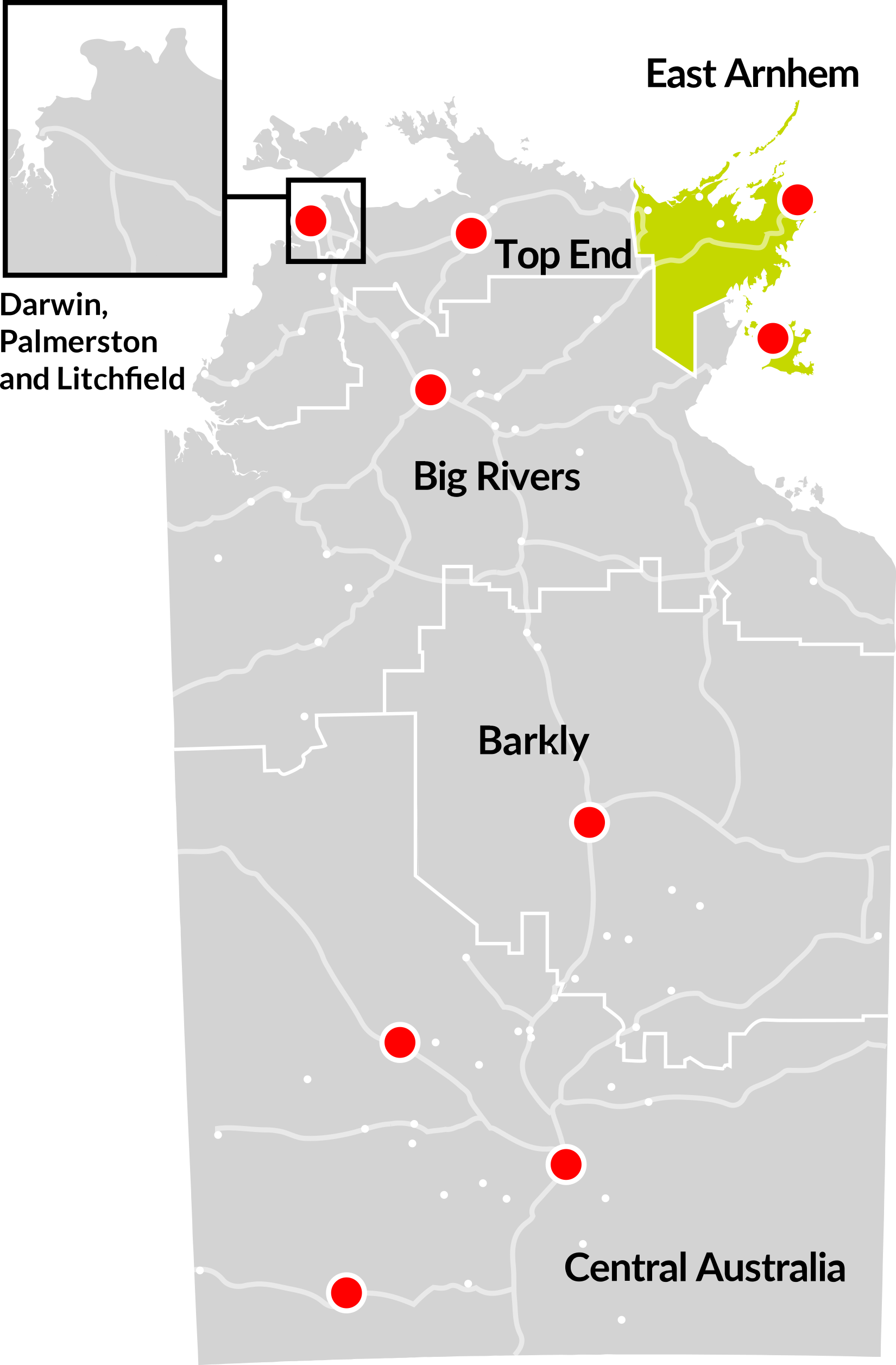
East Arnhem
The East Arnhem region is home to the one of the world’s longest continuing cultures and is entirely Aboriginal freehold land.
Set against a spectacular natural environment, the region has a history of trade and entrepreneurship, and is connected with national and international markets.
The population is approximately 15,000 of which more than 75% are Yolŋu or Anindilyakwa.
There are eleven main communities in the region: Nhulunbuy, Yirrkala and Gunyaŋara (collectively referred to as the Gove Peninsula), Galiwin'ku, Gapuwiyak, Ramingining, Milingimbi; and the Groote communities of Alyangula, Angurugu, Umbakumba and Milyakburra. There are more than 50 homelands and satellite communities across the region also.
Download Northern Territory Government regions map with place names PDF (410.7 KB)
Groote Archipelago
- The Groote Archipelago Local Decision Making Agreement was signed on 14 November 2018.
- The Agreement identifies services delivered by the Northern Territory (NT) Government to be transferred to community against short, medium and long term priorities.
- The Groote Archipelago LDM community updates paper features stories from Anindilyakwa people and community organisations leading the LDM work in the Groote Archipelago: LDM Community updates issued March 2024 PDF (4.3 MB).
- The LDM Agreement’s four year progress report was developed in 2022 by NT Government and Anindilyakwa Land Council, in consultation with relevant local stakeholders. It provides an overview of progress made to date across all aspects of the LDM Agreement, and outlines the work which lies ahead.
- 6 Implementation Plans have been developed to underpin the overarching LDM Agreement. These are the:
- Housing Implementation Plan (signed19 June 2019)
- Economic Development Implementation Plan (signed 19 June 2019)
- Law, Justice and Rehabilitation Implementation Plan (signed 19 June 2019)
- Education Implementation Plan (signed 30 April 2020)
- Health and Wellbeing Implementation Plan (signed 14 November 2022) - Media release
- Local Government Implementation Plan (signed 19 July 2023)
- A letter of variation under the Agreement has been signed by the Anindilyakwa Land Council and the Chief Minister approving an extension to the Sustainable Long Term Power Supply Initiative.
- The Groote Archipelago Local Decision Making Newsletter outlines achievements and progress updates against priorities and commitments of the Agreement: LDM Newsletter issued June 2022 PDF (2.5 MB).
- Anindilyakwa Land Council Chairman, Tony Wurramarrba AO, delivered a keynote address at Garma Festival 2022 identifying the important work being delivered on Groote Archipelago under Local Decision Making.
Djalkiripuyngu (Blue Mud Bay)
The Djalkiripuyŋu sub-region of East Arnhem (also known as Blue Mud Bay) is made up of homelands and a population of around 500 people and is the traditional land and seas of a number of significant clans, including the Madarrpa clan led by Djambawa Marawili AM. The clans of this region led the homelands movement of the 1970s and had their sea rights recognised in 2008 by the High Court of Australia in the historic Blue Mud Bay case.
- Djalkiripuyngu LDM Agreement PDF (2.7 MB) signed on the 30 July 2022.
- The Agreement outlines the Djalkiripuyngu priorities and how the NT Government will work with Djalkiripuyngu to achieve them. Priorities include employment, business and economic development, education and training, community safety, health, infrastructure and housing and culture.
- Djalkiripuyngu LDM Executive Summary PDF (1.1 MB).
- Djalkiripuyngu LDM Statement of Commitment PDF (853.5 KB)
- The Djalkiripuyŋu Local Decision Making Telecommunications Implementation Plan (IP) PDF (909.6 KB) was signed on 30 July 2024, and is the first IP to be signed under the Djalkiripuyŋu LDM Agreement.
- Under the IP, the NT Government will support broader consultations with Djalkiripuyŋu leaders to understand aspirations and needs for telecommunication services in smaller homelands and to support delivery of identified telecommunications projects for the Bäniyala, Gängan and Wandawuy homelands.
Gove Peninsula Futures
- Rio Tinto's bauxite mining on the Gove Peninsula is due to cease towards the end of the decade. When Rio Tinto's lease ends, this land will be returned to the Traditional Owners. There will be changes and challenges over the coming years as the Gove Peninsula transitions from mining, but this place is special and the people are strong and we are using this moment to create new opportunities across the Gove Peninsula.
- In 2021, the Traditional Owners of the Gove Peninsula, with the support of the Gove Peninsular Future Reference Group released A New Journey, Traditional Owner Vision for the future of Nhulunbuy and for the Gove Peninsula PDF (2.1 MB).
- For further information on the TO Vision and the initiatives being progressed by the Gove Peninsula Futures Reference Group, please visit the Gove Futures website at Gove Futures.
East Arnhem Land Youth Model – Partnership Agreement
- On 26 April 2024, the East Arnhem Land Youth Model extended for an additional 5 years. Read Guŋga’yunga Djamarrkuliny - East Arnhem Land Youth Model Partnership Agreement PDF (3.3 MB)
- The $7.75 million partnership agreement was signed between the Australian Government’s National Indigenous Australians Agency, the Northern Territory Government and the Arnhem Land Progress Aboriginal Corporation.
- The Agreement ensures all funding partners maintain their commitment to the delivery of the EALYM with a focus on embedding the principles of the Coordinated Investment Framework, Local Decision Making and all 4 Closing the Gap priority reforms.
- Established in 2020, the EALYM is a community and homelands led and controlled initiative across the Yolŋu Matha speaking communities of Gapuwiyak, Galiwin’ku, Ramingining and Millingimbi.
- Through the EALYM, each community has its own local leadership group made up of Traditional Owners and clan and community leaders.
- The model is so much more than a youth program or brokerage fund – it is community building approach that aims to restore decision making to clans and community. It aims to empower community and make the decisions that are best for community.
- During 2022-23, the EALYM established over 20 clan and community based activity programs to positively engage young people, support cultural learning and reinforce prosocial behaviours.
Cultural competency training program
- With NT Government funding, ARDS Aboriginal Corporation have developed a cultural competency training program for NT Government employees working in the Yolŋu region.
- The Program equips participants with the specific cultural competencies required when working in East Arnhem Land.
- This training can be found through the following link on the ARDS website
Transitioning health services to community control
- On 1 July 2019, the Department of Health transferred control of the Gapuwiyak and Ramingining community health clinics to Miwatj Health Aboriginal Corporation.
- Miwatj looking after the Health of North East Arnhem Land media release
Other Yolŋu Region LDM Information
Videos
Local Decision Making - Wadeye
Local Decision Making - Wadeye
Local Decision Making - Wadeye
If you require a transcript for the Local Decision Making - Wadeye video please contact us.
Local Decision Making - Gunbalanya School
Local Decision Making - Gunbalanya School
Local Decision Making - Gunbalanya School
If you require a transcript for the Local Decision Making - Gunbalanya School video please contact us.
Local Decision Making - Wadeye
Local Decision Making - Wadeye
Local Decision Making - Wadeye
A long time ago the government built our houses.
Cornellius Wudarnkadi Mollinjin.
Thamarur Development Corporation, Wadeye, Northern Territory.
The houses that they built were made without our advice. This meant, they were not built to suit our lifestyle and culture.
We also had less people, now our families have grown, and we are still living in the same houses, overcrowded and sometimes breaking out strong cultural laws. Room to Breathe, is a part of governments Local Decision Making policy.
This will help us work together with the houses we have now. It is us that will help make the decisions because every home has different needs. It is important that we are included in decision making for our future.
Proudly supported by the Northern Territory Government
Thamarrurr Development Corporation
Jabiru Memorandum of Understanding news
Jabiru Memorandum of Understanding news
Jabiru Memorandum of Understanding news
If you require a transcript for the Jabiru Memorandum of Understanding news video please contact us.
Local Decision Making - Gunbalanya School
Local Decision Making - Gunbalanya School
Local Decision Making - Gunbalanya School
We have been on a journey to create an Independent Public School. First we had to choose consultants with the right heart to guide us in developing the new governance model with a new constitution and all the important things for us to be a proper board. Karrikarremarbun means coming together to make big decisions this is what the board does.
We took the community with us on this journey we did lots of talking and workshops with the school and community so that everyone understood where we wanted to go. We took turtle steps, this part of our journey took a year.
In the best interests of our students we decided that our board should come from across the community not just from family groups or clans. This was a big change in our thinking and ways. The more the community understood the more people wanted to be involved. 31 parents nominated for the 8 parent positions a record for Northern Territory schools.
People were elected on to the board through a proper process with the Northern Territory Electoral Commission coming out to run a proper ballot. The board wanted to have two senior students on the board so that they could learn board ways and grow strong leaders for our future.
Developing our 5 year Business plan has been one of the strongest ways we have made big decisions about our school and students future. We thought deeply about community and family matters affect our students. We decided on goals and strategies that would best serve the needs of our students.
Waralnang means, I saw in a vision, our Waralnang Business plan is the Board’s vision for our community, school and students future. At Board meetings the Principal and staff report back to us on how our plan is going, we have had to learn many new things travelling this journey like running meetings, liaising in the community, working with parents and we have had lots of training with our consultants a big one has been Money Story.
We have had some challenges like understanding Balanda words, concepts, policy and ways of governing. We keep our own culture strong and often talk in language to make sure we all understand to make the right decisions. The board has been going for 18 months now and we are still going on a two way learning journey.
Like I was saying, Karrimurrngrayekworren means working together we are making everyone strong, our turtle steps are leading towards a strong community school and a greater future for our children.
Groote Eylandt Traditional Owners Mining Venture
Groote Eylandt Traditional Owners Mining Venture
Groote Eylandt Traditional Owners Mining Venture
If you require a transcript for the Groote Eylandt Traditional Owners Mining Venture video please contact us.
New local Health Service for Gapuwiyak Community
New local Health Service for Gapuwiyak Community
New local Health Service for Gapuwiyak Community
If you require a transcript for the New local Health Service for Gapuwiyak Community video please contact us.
Titjikala Room to Breathe Program news
Titjikala Room to Breathe Program news
Titjikala Room to Breathe Program news
If you require a transcript for the Titjikala Room to Breathe Program news video please contact us.
Local Decision Making - Vision
Local Decision Making - Vision
Local Decision Making - Vision
Vision - Bo Carne
Local Decision Making will lead to the self-determination of communities in regards to services and programs.
But more broadly than this is an opportunity for community and government partnerships for shared responsibility of service delivery.
Things might include housing, education, economic development or land and sea management, depending on community priorities.
Local Decision Making acknowledges that although government might have the best intentions, we don’t always get it right.
This is about getting the best solutions using a place-based approach, that is, local solutions for local issues.
Local Decision Making - Roadmap
Local Decision Making - Roadmap
Local Decision Making - Roadmap
Road Map / Principles versus Policy - Bo Carne
We’ve also designed a Road Map that incorporates success of existing government programs, and a staged approach where communities might identify a number of government programs.
All government agencies should be following the principles of Local Decision Making in any work they do in communities, which includes:
‘Self-determination’ – community process and timelines,
‘Place-based’ – different design for different places,
‘Flexible’ – timing and funding,
‘Co-design’ – share information to design together, and
‘Community control’ – committed wherever possible.
Local Decision Making - Implementation
Local Decision Making - Implementation
Local Decision Making - Implementation
Implementation - Bo Carne
The Community Control Continuum shows the different levels of community involvement.
‘Inform’ is where government takes the lead in decisions and implementation;
‘Consult’ has some form of community input, but government still leads;
‘Involve’ is a partnership through a community advisory group, but government is still responsible to lead;
‘Collaborate’ then becomes community-led and co-designed, but government might still own the service;
‘Empower’ is when the service is community controlled, but government is still there to support.
Communities will need all the information to help determine how far they might want to progress along the continuum.
Burarra
Burarra
Kriol
Kunwinjku
Kunwinjku
Murrinh Patha
Murrinh Patha
Tiwi
Anmatyerr
Anmatyerr
Eastern/Central Arrernte
Eastern/Central Arrernte
Eastern/Central Arrernte
If you require a transcript for the Eastern/Central Arrernte video please contact us.
Pitjantjatjara
Pitjantjatjara
Warlpiri
Warlpiri
Alyawarr
Alyawarr
Warumungu
Warumungu
Kriol
Ngarinyman
Ngarinyman
Anindilawakya
